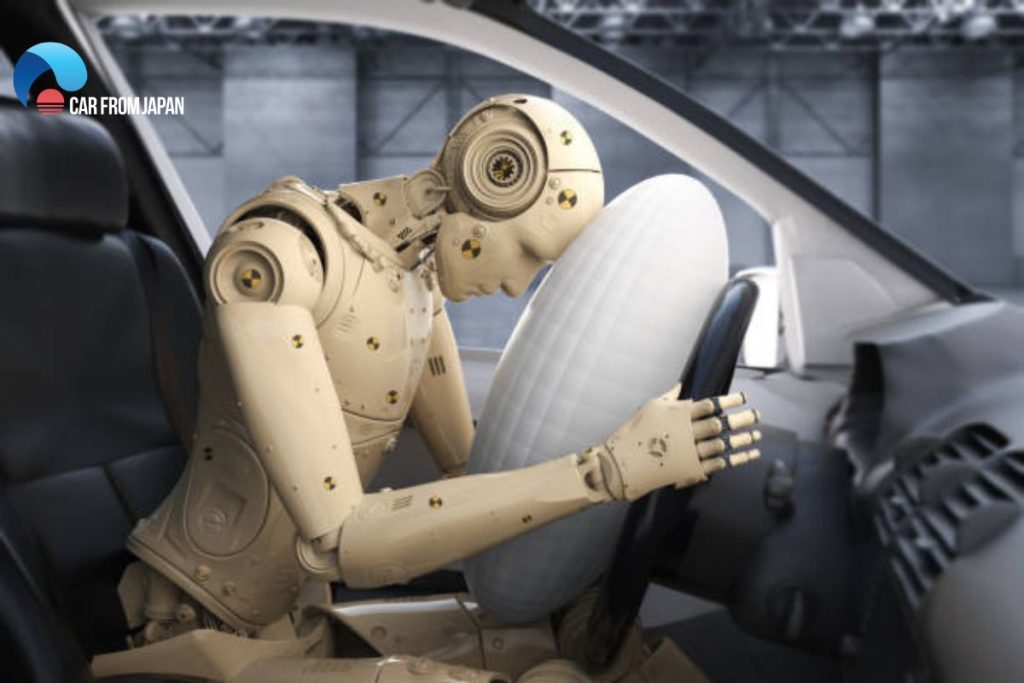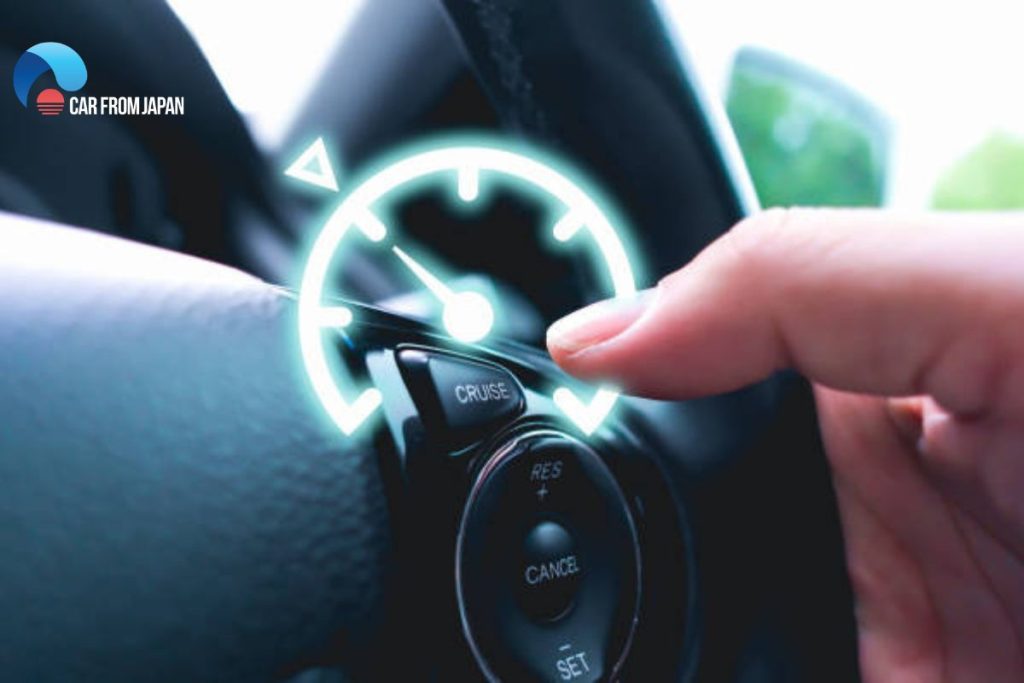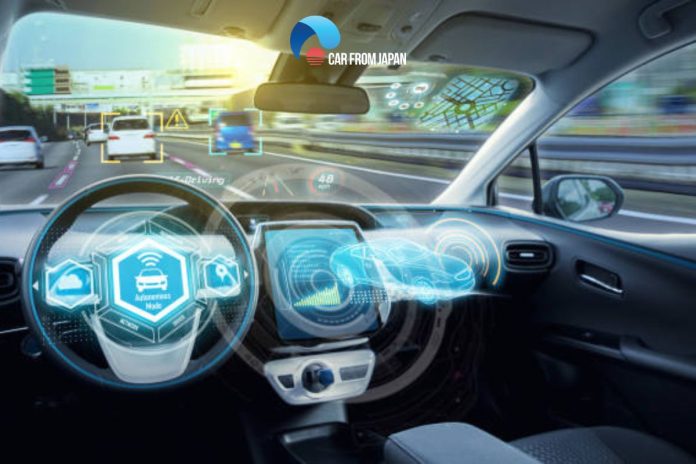Some of the most promising new car safety technologies today include a group under the general title of Advanced Driver Assist Technologies (ADA), according to many motor vehicle and transportation safety experts.
In 2022, there were nearly 4,500 traffic fatalities in just the state of California. Recent studies have indicated that many of these technologies are thought to be making an improvement in motor vehicle collisions and related accompanying driver and passenger injuries and traffic mortality rates.
However, some car safety experts believe that certain aspects of the latest technologies, being installed in new motor vehicles, may bring some new and unexpected issues that will need clarification or resolution moving forward.
Contents
A large part of the driver safety report discrepancies and confusion is due to how the studies are conducted. For instance, it is crucial to understand that the results of these studies rely on comparisons of known safety statistics.
Problems come in because different car manufacturers make and term their car safety technologies a bit differently than other brands. There have also been reports of the auto industry allegedly inflating safety study results, reverting more towards hype rather than anything truly indicative of actual increased safety and saved lives as a direct result of these technologies.
In addition, the technologies are so new that it is a challenge when trying to interpret the various new data from these devices. It is often difficult to extract any relevance these safety technologies may have played from actual motor vehicle accident reports.
Overview of Different Available Car Safety Technologies
Technology Type: Passive Car Safety Technologies
Seat belts and airbags are known as passive safety features in cars. Both seat belt and air bag improvements over the decades have been linked to fewer and less severe traffic-related injuries, along with probable lowered traffic mortality rates.

Technology Type: Collision Warnings
- Blind Zone Detection Warning: This warning is activated when another vehicle enters your vehicle’s blind spot. Remember, this warning technology should never replace actually looking at yourself physically and using all available car mirrors.
- Rear Cross Detection Warning or Alert (RCTA): If there is a potential collision event that presents itself when your car is in reverse motion, this alarm warns the driver. This often detects objects and movement that may be outside your backup video camera’s view, making it particularly helpful.
- Lane-Keeping Assist or Lane Departure Warning (LDW): This feature continually monitors where your car is located within its driving lane. The alert sounds when your vehicle starts to veer towards or begins to cross said road lane lines or related markers.
- Forward Collision Prevention Warning (FCPW): An alert that is activated when a potential collision scenario unfolds involving a car situated in front of your car.
Technology Type: Collision Interventions
- Blind Spot Intervention: Using proximity detection sensors and rear-facing cameras, this technology goes into action when the driver ignores the initial warning. Light brake pressure is applied along with steering assistance to enable the driver to avoid colliding with another motor vehicle that has entered into this blind region.
- Pedestrian AEB: Sensors that are directed towards the front can quickly activate this system when a pedestrian walks into the oncoming path of your car. Automatic braking is initiated when the driver fails to stop an impending car/pedestrian collision.
- Automatic Emergency Braking (AEB): This game-changer automatic emergency braking system reacts when a crash is imminent. This is done by avoiding the collision altogether or attempting to lessen the impact force. This may include crash imminent braking and dynamic braking support technologies.
- Rear Automatic Braking (RAB): When a car is shifted into reverse, sensors and cameras facing the rear of the car activate this automatic emergency braking system any time an object is detected in these hard-to-see areas.
Technology Type: Driver Control Assistance
- Lane Centering Assistance: Automatically monitors and applies steering assistance designed to keep your car centered with your designated traffic lane.
- Lane Keeping Assistance: Monitors lane position and initiates various driver assistance options if your car begins to veer out of your traveled lane.
- Adaptive Cruise Control (ACC): This convenient technology will automatically adjust the motor vehicle’s speed in order to keep the car at a distance from the vehicle traveling in front that has been pre-set by the driver. This effectively creates a space buffer zone.

Other Types of Car Safety Technologies
- Backup Cameras or Review Video System (RVVS): Enables better driver vision and many contain sensory capabilities.
- Automatic High Beams: Automatically switches between low and high beams using sensor data for light and traffic conditions and when another car approaches.
- Automatic Crash Notification System: This technology is automatically initiated when sensing monitors within your car detect that a crash has occurred. It can detect a vehicle’s sudden deceleration and/or air bag deployment.
The system automatically alerts an operator who can communicate with the driver or collect vehicle data regarding the incident if the driver is unresponsive. The system can also pinpoint and relay the vehicle’s location, potentially helping to speed up medical and other emergency services’ response time.
- Breakaway Steering Column: This technology is in its early stages of development, but it may someday help to avoid or lessen serious thoracic and other major injuries caused by hitting a fixed steering column during a crash event.
- Safety Glass: Flying shards of glass can lead to serious injuries and death while inside a motor vehicle. Safety glass improvements have dramatically reduced these incidents. Newer glass techniques are in the works within the auto industry.
Final Thoughts
Although there are differing views on more recent traffic-related injuries and fatalities in relation to the latest car safety technologies, many credible reports are more positive. New legislation hopes to mandate better motor vehicle safety features that will hopefully save many more precious lives. As these cutting-edge technologies within the automobile industry continue to be revised and developed, it is hoped that death and injury rates will continue to decline in the future.



